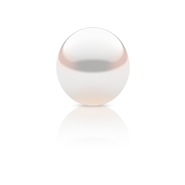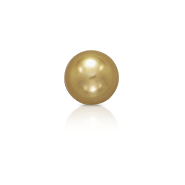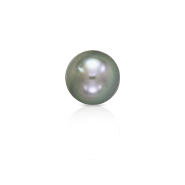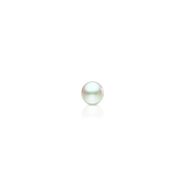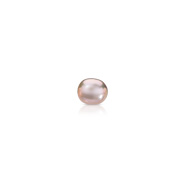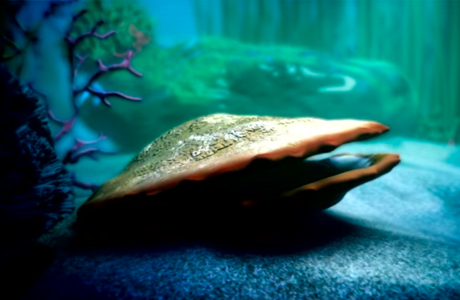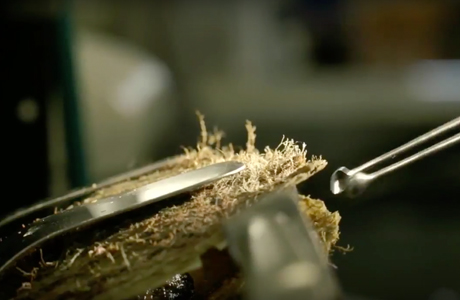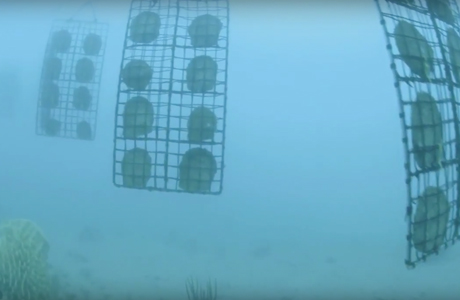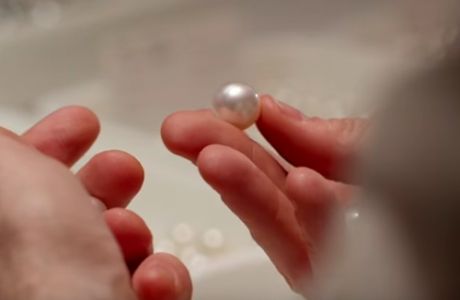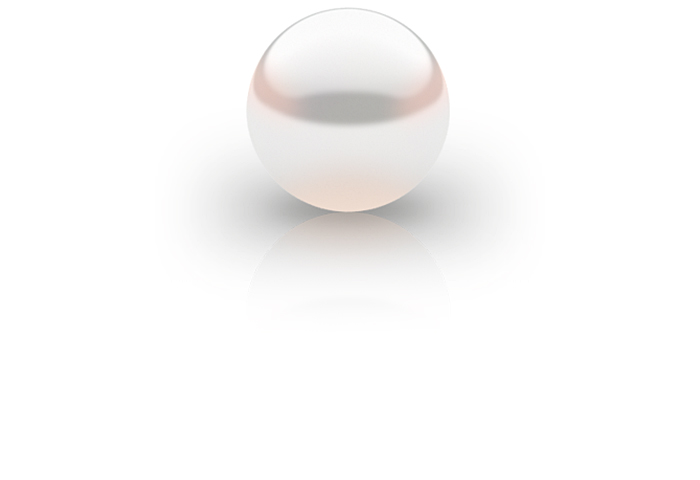
All About
Pearls
Pearls are the only gem produced by a living organism.
Coveted and treasured for centuries, find out how these gems are formed and the characteristics that make each unique.
Key Pearl Types
Australian South
|
Other South
|
Tahitian Black
|
Akoya
|
Freshwater
|
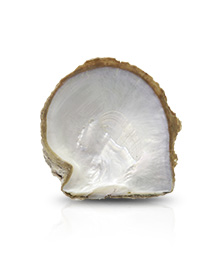
Origin
- These wild oysters are found in abundance in an isolated region off Northern Australia
Species
- Pinctada maxima oyster
- Primarily silver lip oysters
- Oceanic
Quality
- Predominantly produces white, silver, and pink pearls
- No enhancement required for fine quality pearls
Size
- Typically 10-16mm, with rare examples exceeding 20mm
Production
- 1 pearl per oyster every 2-3 years
- Current production is approximately 800,000 pearls per annum
- Wild oysters account for approximately 70% of the production
- Retail value: Approximately US$300 million per annum
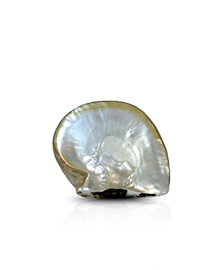
Origin
These wild oysters are found in Indonesia, Papua New Guinea, The Phillipines, and Vietnam
Species
- Pinctada maxima oyster
- Primarily gold lip oysters
- Oceanic
Qualities
Size
- Typically 8-14mm
Production
- 1 pearl per oyster every 1-2 years
- Oysters are grown in hatcheries
- Current production is approximately 300 million pearls per annum
- Retail value: US$230m per annum
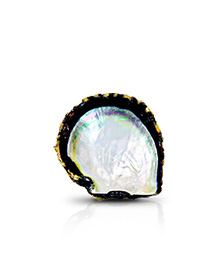
Origin
- Tahiti, French Polynesia, Marshall and Cook Islands, Solomon Islands, Fiji
Species
- Pinctada margaritifera oyster
- Oceanic
- Oysters grown from spat lagoons
Qualities
- Colours from black to 'peacock' green and other exotic colours
- Shapes similar to Australian South Sea pearls, including round, drop, circle, button, oval and baroque
- Fine quality pearls larger than 10mm in classic shapes are becoming increasingly scarce
Size
- Typically 8-13mm, with rare examples up to 18mm
Production
- 1 pearl per oyster every 2 years
- Approximately 7.4 million pearls per annum
- 100% of Tahitian black pearls are produced by hatchery-reared oysters
- Retail value: Approximately US$220 million per annum
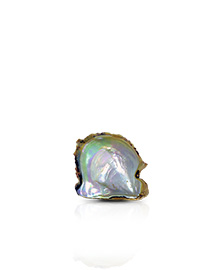
Origin
- Previously produced solely in Japan, but now primarily produced in China from hatchery-reared oysters
Species
- Pinctada fucata oyster (Akoya)
- Oceanic
Qualities
Techniques
- Nacre thickness typically less than 0.1mm
- Predominantly round or near round in shape
- Quality tends to diminish over time
Size
- Typically 5-8mm, with rare examples exceeding 12mm
Production
- Up to five pearls per oyster every 6 to 12 months
- 44 million pearls per annum
- Retail value: US$300 million per annum
- The cultured pearl cycle is approximately 6 months
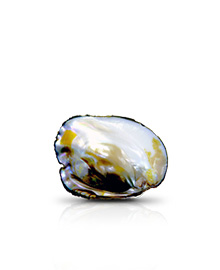
Origin
- Primarily in China
Species
- Produced by freshwater mussels such as Hyriopsis in China and Japan
- Mussel
- Freshwater
Qualities
- Environmental concern
- Most commonly produced in non-classic or “barrel” shapes
Size
- Production generally between 3-15mm
Production
- Up to 100 pearls per mussel
- Approximately 1500 tonnes (or 1 billion pearls) per annum
- Retail value: US$400m per annum
Natural Pearls
Fine quality natural pearls are extremely rare. In the wild, perhaps only 1 in 10,000 oysters will produce a natural pearl of jewellery quality.
The exact cause that results in the formation of a natural pearl is not fully understood. It was once believed that natural pearls formed in response to a foreign substance (for example, a piece of grit) making its way into the shell of the oyster. Initially it was believed that the oyster coated the invader in layers of nacre as a 'defence mechanism' to protect itself from the substance. While this may be the case in rare examples, research in recent years suggests that natural pearls may actually occur more spontaneously and inexplicably - further adding to their mystique.
What we can say is that a natural pearl is one that is formed in nature, without any human intervention. The result is a pearl with a unique combination of size, shape and colour.
Cultured Pearls
To produce pearls of natural beauty with no enhancement requires farming practices that mimic the natural life of the oyster as closely as possible. For more than 50 years, Australian pearl farmers have sought to understand the secret behind the Pinctada maxima’s ability to produce natural pearls of superlative quality.
Pearl Enhancement

Pearls with natural colour and lustre
Fine quality pearls are at the height of their beauty the moment they are removed from the mother oyster. Such pearls require no lustre or colour enhancement prior to setting as jewellery.
As with all gemstones, fine quality pearls that require no enhancement are exceedingly rare and highly prized, and this is reflected in their value.
Learn more about Australian South Sea pearlsPearls with enhanced colour and lustre
As with other gemstones, the processing of pearls is a common practice that makes attractive jewellery accessible to a wider market.
Processes such as light chemical treatments may improve the appearance of a lower quality pearl. The improved lustre resulting from light processing may fade after a few years, but this does not damage the pearl's structure. Heavy chemical treatments may adversely affect the physical integrity of a pearl and can sometimes impart a coarse and chalky look and feel.
